Lessons of a birder: What humans can learn from the airborne creatures
Diane Stopyra didn’t mean to become a birder. But after moving to Cape May, she couldn’t resist their charm and personality. Resisting nature, she says, is futile
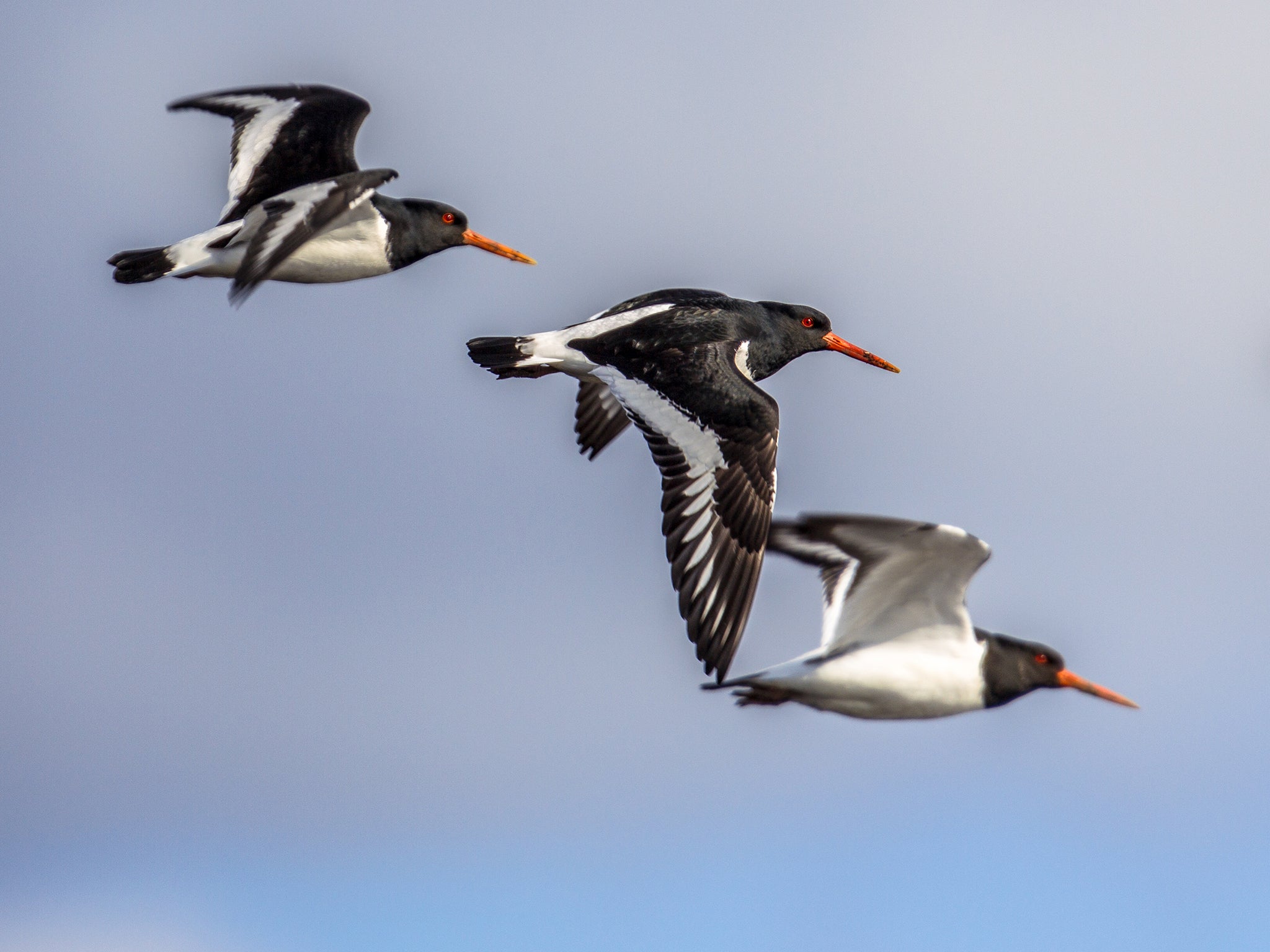
Your support helps us to tell the story
From reproductive rights to climate change to Big Tech, The Independent is on the ground when the story is developing. Whether it's investigating the financials of Elon Musk's pro-Trump PAC or producing our latest documentary, 'The A Word', which shines a light on the American women fighting for reproductive rights, we know how important it is to parse out the facts from the messaging.
At such a critical moment in US history, we need reporters on the ground. Your donation allows us to keep sending journalists to speak to both sides of the story.
The Independent is trusted by Americans across the entire political spectrum. And unlike many other quality news outlets, we choose not to lock Americans out of our reporting and analysis with paywalls. We believe quality journalism should be available to everyone, paid for by those who can afford it.
Your support makes all the difference.This morning, a duck attacked me. Or – let’s go with this instead – it tried a little too hard to befriend me.
I’d just finished a five-mile run in my hometown, Cape May, New Jersey, when I spotted this black-bellied cutie waddling across my driveway. I bent down until he came close enough for me to pet. But as soon as I stood to leave, the duck bit hold of my shoelaces and wouldn’t let go. I bounced around trying to free myself and called for my husband, who ran outside with a half-eaten egg sandwich in his hand. He sized up the situation, then said: “I thought something was really wrong!” After a ridiculous dance, I shook off the duck, who waddled after me in a most determined fashion as I headed for the front door.
Bird interactions are unavoidable in Cape May. A tiny island at the southern tip of New Jersey, this place is, according to National Geographic, the second best birding destination on the planet. (South Georgia Island off the Chilean coast, full of glaciers and penguins, is first.) In the spring and autumn, Cape May is a vital migratory stopover. But even in the dead of winter, birds are everywhere.
I’ve never been able to tell the difference between a warbler and a wren, and I never was compelled to try. I endured one oppressively humid birding tour a few summers back and quickly grew frustrated by the difficulty of locating an osprey through my loaner binoculars. Plus, I’ve never felt like I fit in with the birder crowd. Even as the birding community has expanded to include a younger, hipper set – which makes generalising based on age, socioeconomic status or propensity for bumbag-wearing difficult – there are commonalities I don’t share. Seemingly limitless patience is one. A remarkable preference for the Prius is another. (Common bumper stickers in my town include “Bird nerd”, “I always tern up for birdwatching” and “Birding gives me cheep thrills”.) Then there’s the impressive, almost terrifying commitment on display. Every spring, this place is home to the World Series of Birding, a 24-hour competition that kicks off at midnight. Midnight! I don’t care how special a scissor-tailed flycatcher is, I’m horrified if I have to stay up past 10pm to see it.
So I wasn’t surprised a few years ago when the local running group I signed up for resembled a meeting of Birders Anonymous. As we navigated the meadows and wetlands of Cape May, my companions silenced conversation to decipher the sweet whistle of a yellow rump or the buzzy musical stylings of a black-throated blue warbler. I felt a little sorry for everyone. Running is hard enough without layering on a compulsion for identifying fleeting, disembodied bird calls. I made a vow: despite my geography and the fanaticism of my peers, I would not get sucked into this distracting, voyeuristic pastime.
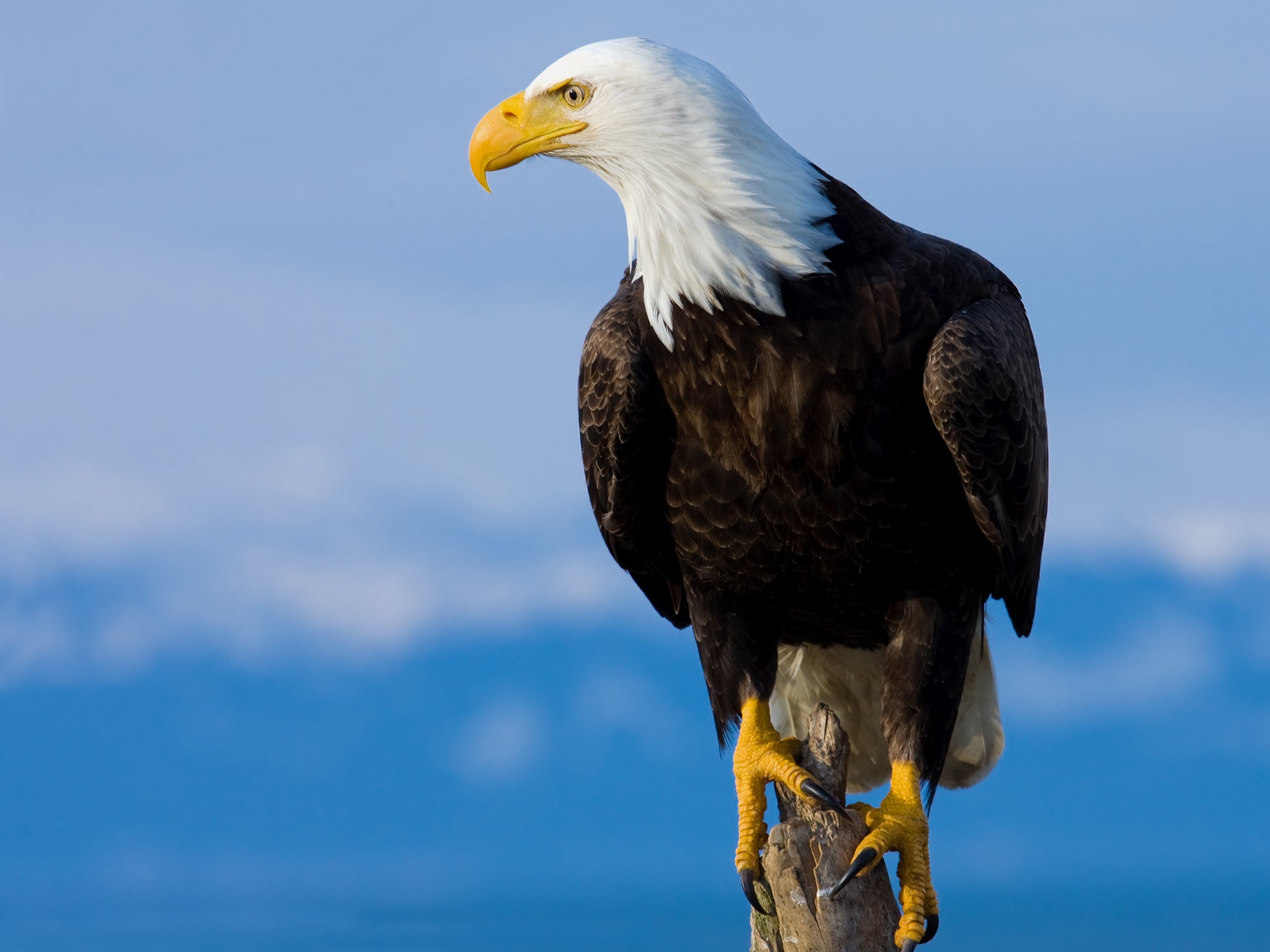
The birds had other designs.
Early in our relationship, I came home to find my husband Jack spider-manning the 9ft bookshelf in our living room with a long stick in hand. The second songbird of the week had made its way into our house, and Jack was on a mission to usher it safely through the front door using a retractable duster. (To his surprise as much as my own, it worked.) After finding a third bird inexplicably dead on our porch, I turned, unnerved, to the internet, where I discovered the ancient practice of ornithomancy, or reading omens from the actions of birds. Turns out Jack and I are facing either impending doom or a metaphysical awakening, so... fingers crossed.
Several mornings, I’ve awoken to the staccato hammering of a red-headed woodpecker drumming into the side of my house. The Cornell Lab of Ornithology, whose website I’ve frequented since moving to Cape May eight years ago, tells me this charismatic creature is considering the slanted wall outside my bedroom for a nest, which – kind of like advances from a person you don’t fancy – makes me feel both flattered and unfortunate. The homeowner in me, worried about my siding, repeatedly shooes him. But the writer in me, continually fielding rejections of my own on the other side of the wall, silently cheers his persistence: don’t let anyone say you don’t belong, little guy!
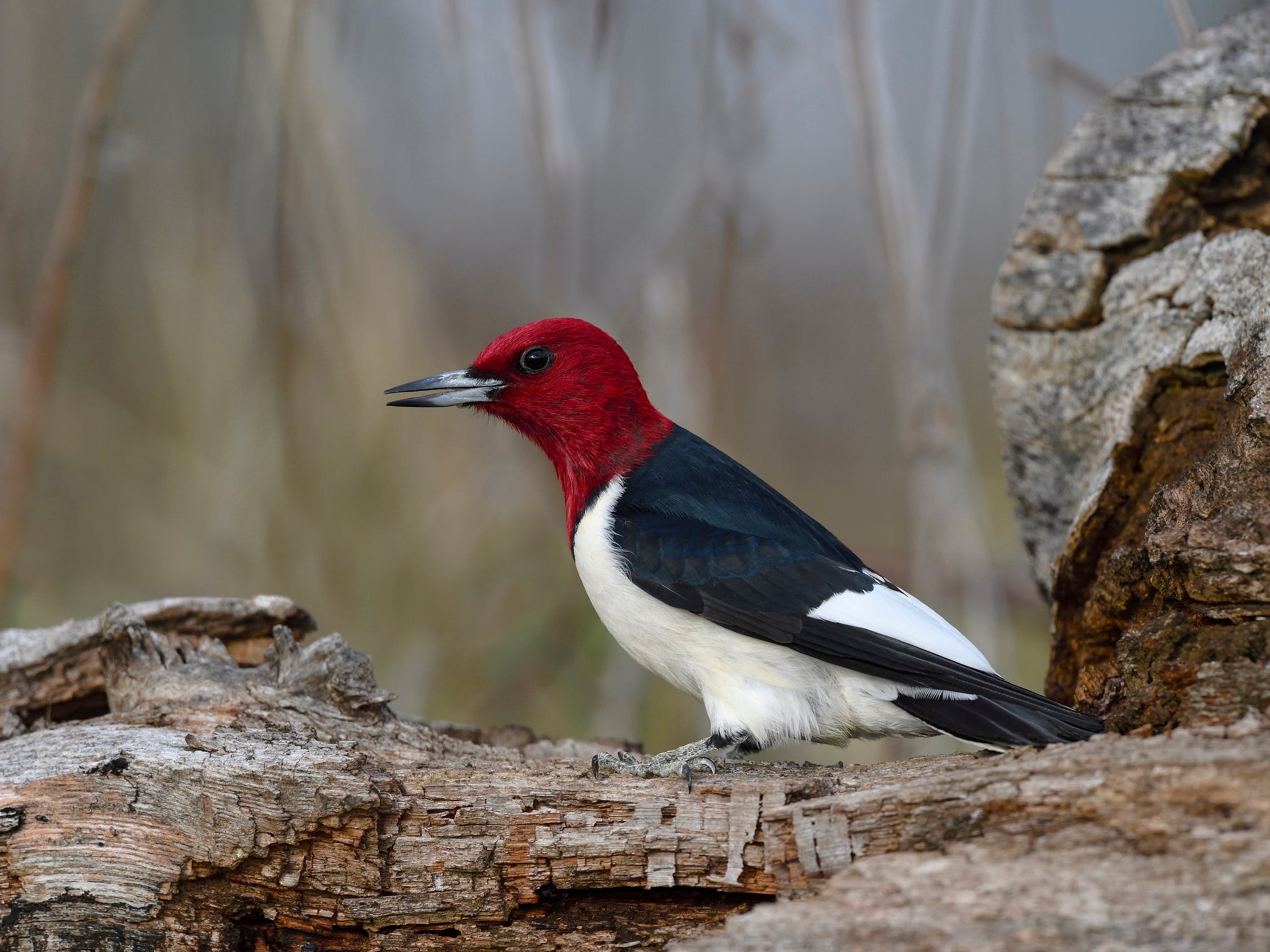
It’s not just the birds of Cape May that command attention, though. So do the birders. Jack recently opened a restaurant, and we soon learned that “early bird” takes on new meaning on the Cape. Rare for the Jersey Shore, the 7am crowd doesn’t comprise still-tipsy co-eds seeking greasy munchies after a long night of beer pong. Rather, this dining room is a sea of safari hats and multi-pocketed khaki vests. On the rare occasion I go out drinking myself, I’m doing so next to throngs of naturalists toasting a big day of sightings. And when I walk my dog, we’re forced to bob and weave through $400 spotting scopes. The birdwatchers eye my exuberant German shepherd with disdain – he’s a danger to the equipment, yes, but even more egregious, he’s oblivious to the yellow-eyed magnificence of a nearby great horned owl.
I don’t want to share my dog’s tunnel vision. I suppose that’s what started me down a path of noticing the birds in my periphery: fear of being the troglodyte in a town full of Thoreau-level birding enthusiasts. What kind of person remains willfully ignorant of beauty in her own backyard? Even my 68-year-old father, a retired Philadelphia firefighter who believes Fox News when it tells him that our environmental concerns are overhyped, worries for the once-endangered ospreys that frequent his marshy property. When I visit his house just up the road, he invites me to peer through a telescope at a large nest made of bark and flotsam, and so I do. That’s human nature: if enough people are looking, you’ll eventually look, too. I can’t be the only person whose ornithological outlook boils down to: “Can’t beat ’em? Download an iBird app and join ’em.” Besides, those great horned owls really do have piercing eyes – and super-cute tufts around the ears – if you’re willing to look up.
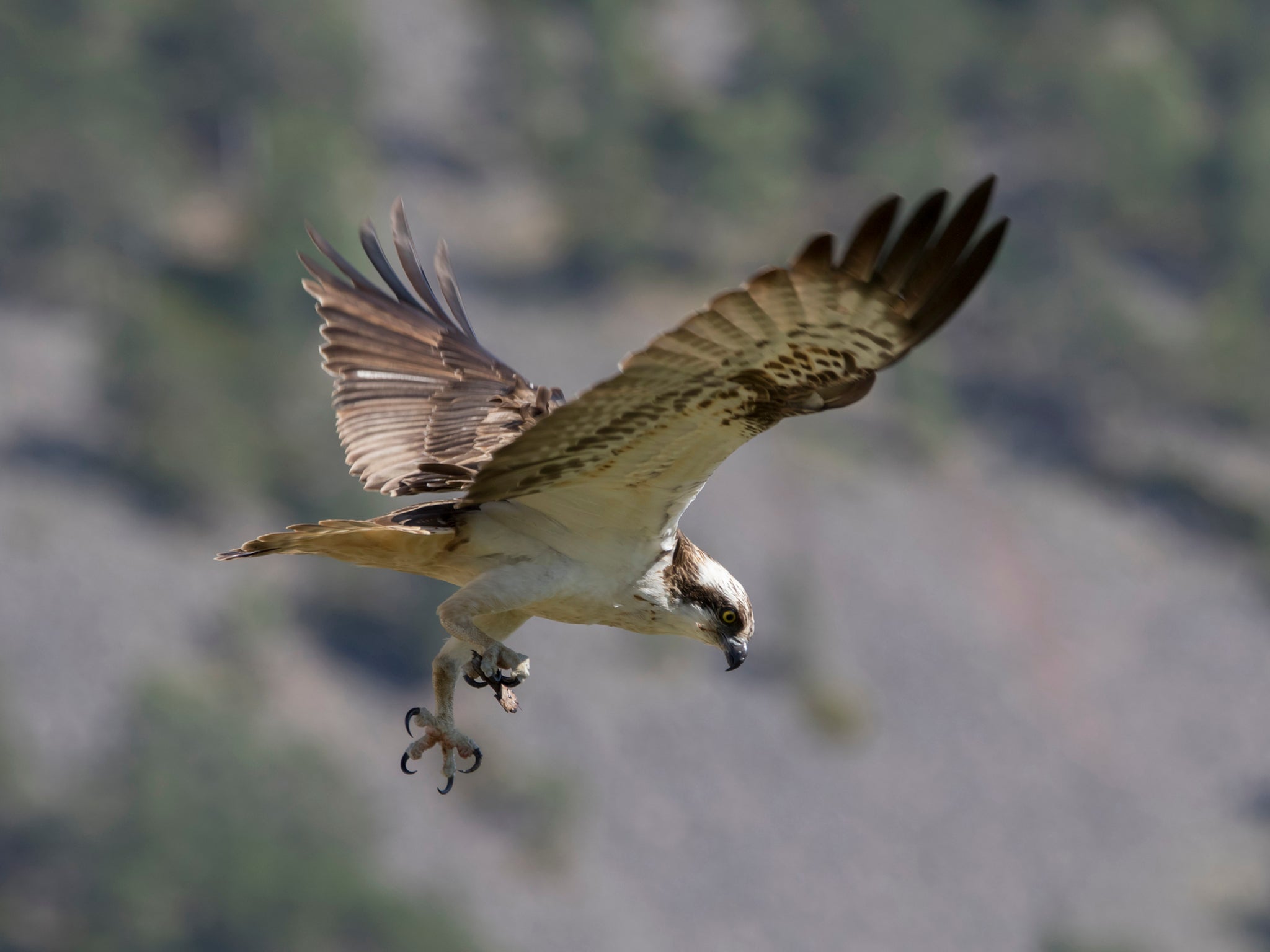
But I could never be a real birder, I tell myself. I don’t have a field guide, and I don’t keep a “life list”, birdwatcher-speak for a personal catalogue of sightings. My hobby is an unconscious sort of thing, less about studying wingspan or beak shape and more about passing the miles of a long run or dog walk mindlessly comparing birds to the humans in my life. That leggy egret with the long neck that weighs two pounds? Totally a Jennifer. That stocky merlin with a square head? Just like the rugby player I dated in college. And that aggressive peregrine falcon that goes after anything that moves? OK, that’s the rugby player, too.
Noticing birds means you’re just a short step away from admiring them, not because they’re so exotic but precisely because they’re not. Birds – vulnerable and territorial and grumpy and affectionate and curious – are a lot more humanlike than we probably care to admit. Oystercatchers decorate with seashells, and there’s a quahog in my bathroom. Empathetic magpies hold grudges against mean people, and I’m working on that. Parrots have temper tantrums when sleep-deprived, and who doesn’t?
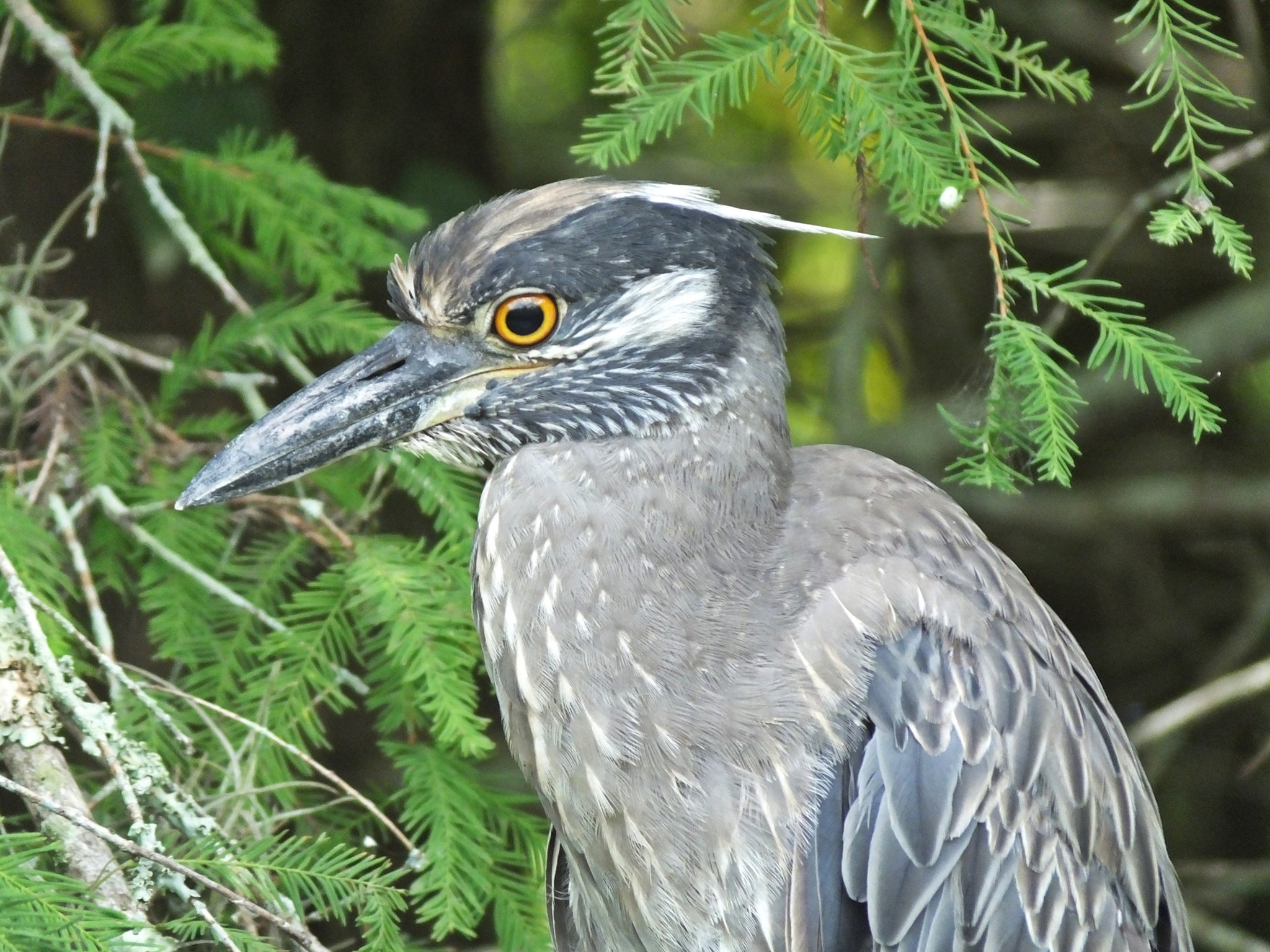
A friend once told me that the greatest mistake rookies make is trying to identify a bird by something superficial, like colour, which is the least interesting thing about it – character and personality are far more helpful. I don’t remember if he pointed out the obvious: that humans make the same mistake when classifying other humans.
Sometimes, it seems clear that the birds are trying to figure us out, too.
One day last year, I was running my usual trails through Cape May’s nature reserve on a dreary morning and looking down at my feet to avoid a misty, horizontal rain. When I glanced up, I saw a bald eagle perched on the low branch of a bare cherry tree. I caught my breath. He was no more than 4ft away and looking directly at me. We locked eyes for an instant, then he took off, his dark-brown underbelly directly over me for one powerful moment.
That’s the thing about this place. It forces even the most reluctant to confront the natural world in all its beauty and drama and comedy (try googling a yellow-crowned night heron, or at least its mohawk, without cracking a smile). Will I ever be the kind of person who’s toting a spotting scope, chasing birds at midnight or working to identify a muffled call while eight miles into a tempo run? Nah. But I do know this: resistance is futile. Sooner or later, that natural world grabs you by the shoelaces and doesn’t let go.
© Washington Post
Join our commenting forum
Join thought-provoking conversations, follow other Independent readers and see their replies
Comments